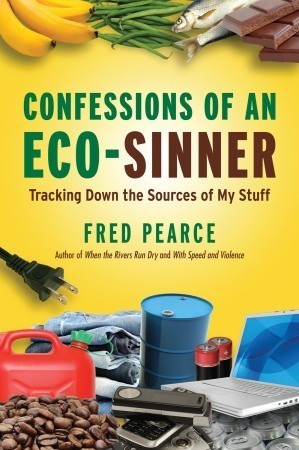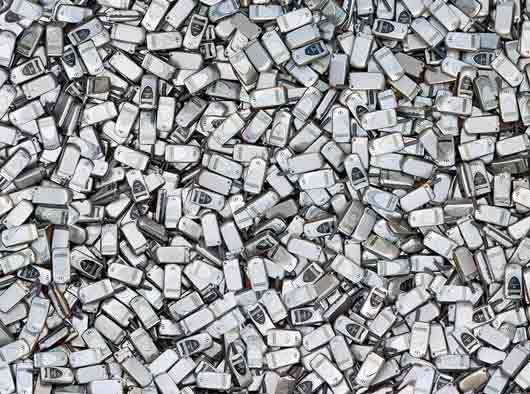What do you think?
Rate this book


276 pages, Hardcover
First published February 25, 2008

Western consumers, she said, should be demanding better conditions for the women of Dhaka, and above all should be willing to pay the higher prices involved. And retailers should stop competing on price. But please, she said, “don’t stop buying.”
So yes, we are sometimes sending rubbish to China. But it beats me why people imagine the Chinese would buy our rubbish in order to put it into a landfill. The truth is that they buy it because, in a country with a desperate shor tage of raw mater ials of all sor ts, anything that can be recycled is valuable and will be sorted and turned into new products. China needs and uses most of the estimated 2.2 million tons of “rubbish” exported there f rom Britain each y ear.